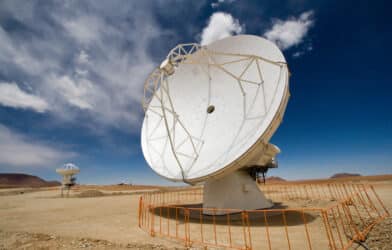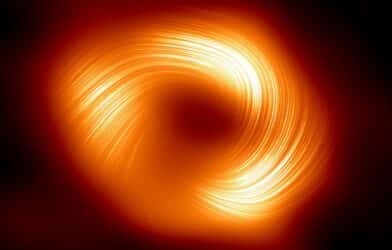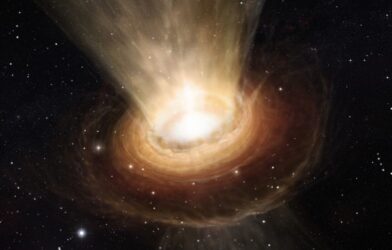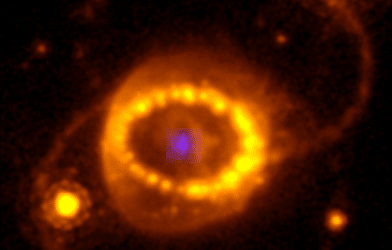While the James Webb telescope’s eye-popping views of Jupiter have made headlines this week, Hubble reminds everyone of its observational power with what scientists are calling a “scintillating image”.
The newly-released composite shows the star-studded globular cluster NGC 6540 in the constellation Sagittarius.
The NASA/ESA Hubble Space Telescope took the image with its Wide Field Camera 3 and Advanced Camera for Surveys. These two instruments have slightly different fields of view, which determines how large an area of sky each instrument captures.
So what exactly is a globular cluster?
“Globular clusters are stable, tightly bound swarms of stars that can hold tens of thousands to millions of stars, all trapped in a closely-packed group by their mutual gravitational attraction,” according to an ESA statement. “The brightest stars in this image are adorned with prominent cross-shaped patterns of light known as diffraction spikes, a type of imaging artifact caused by the support structure of Hubble’s secondary mirror rather than the stars themselves.

“As light enters the telescope, its path is slightly disturbed by the telescope’s four secondary mirror supports. The diffraction spikes form when light waves recombine on the other side of these supports. They are only noticeable in very bright objects where light is concentrated in one spot, as in the case of bright stars,” the agency adds. “Light from objects like galaxies and nebulae is dimmer and more spread out, so we don’t normally see diffraction spikes on images of these objects.”
ESA, which calls the image “scintillating,” adds that Hubble peered into the heart of NGC 6540 to help astronomers measure the ages, shapes, and structures of globular clusters toward the center of the Milky Way.
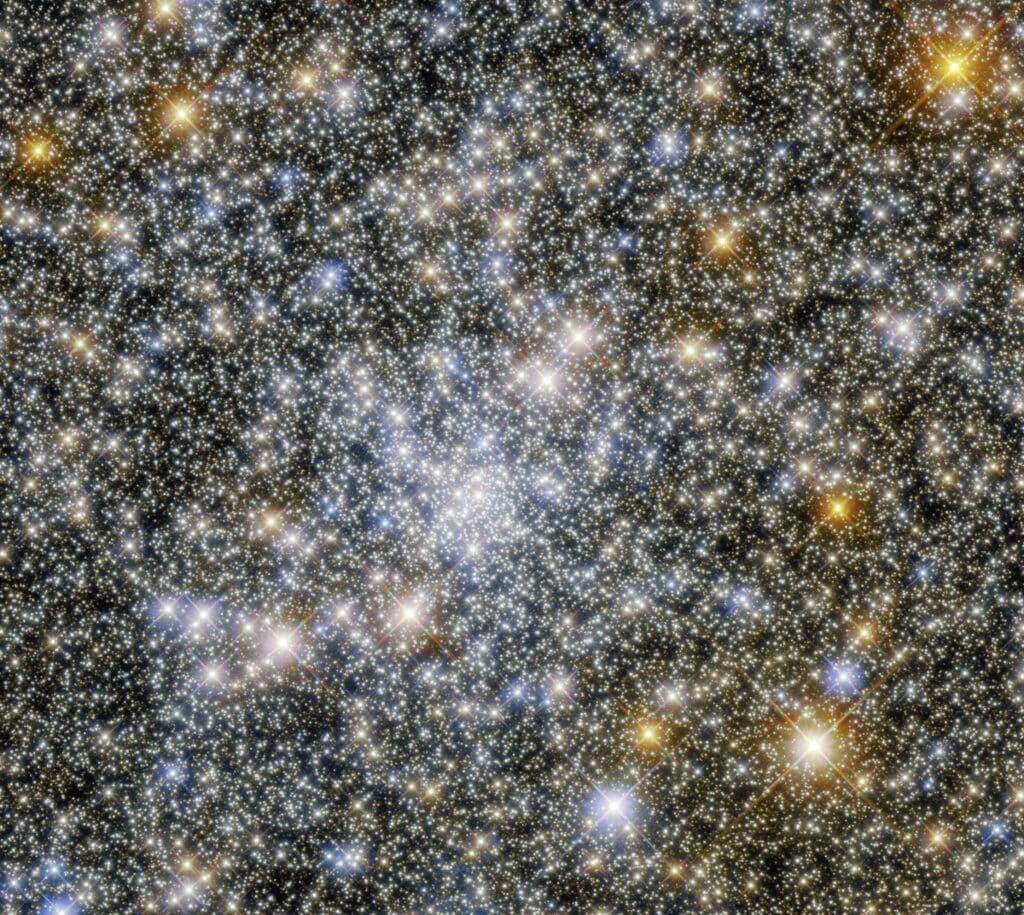
The gas and dust that shrouds the center of our galaxy also blocks some of the light from these clusters and subtly changes the colors of their stars. “Globular clusters contain insights into the earliest history of the Milky Way, so studying them can help astronomers understand how our galaxy evolved,” the ESA writes.
The Hubble Space Telescope, a project of international cooperation between NASA and ESA, was launched into low Earth orbit in 1990 and remains in operation as a vital research tool.
Report by Dean Murray, South West News Service

